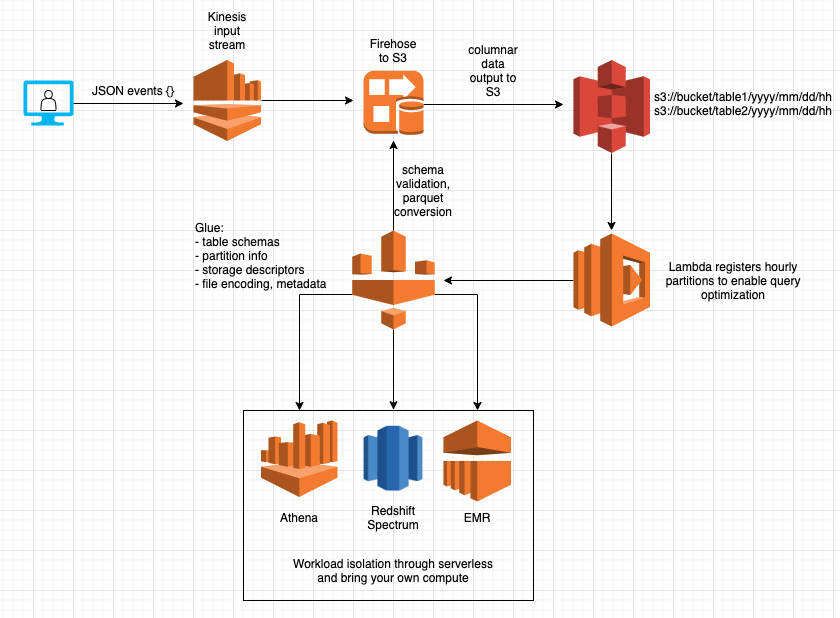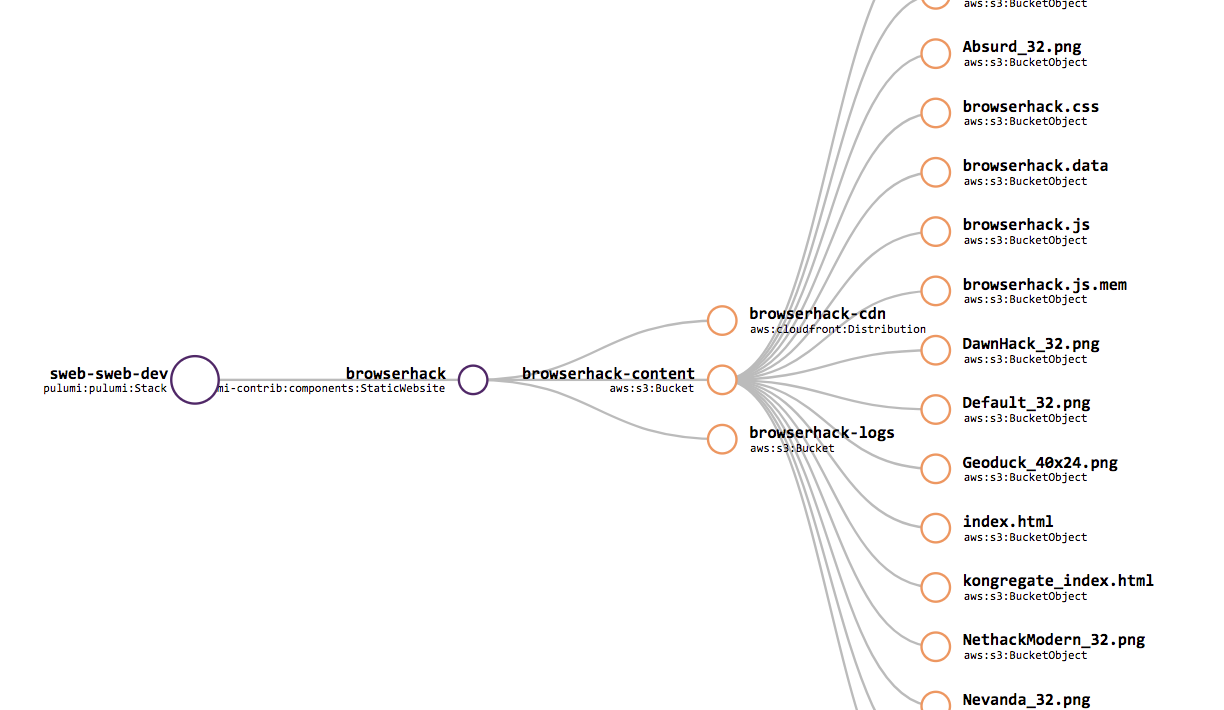Architecture as Code: Microservices

This article is the third in a series about Architecture as Code. The first article provided an overview of virtual machines, microservices, serverless, and Kubernetes. The second one went in-depth on deploying virtual machines as reusable components. In this third installment, we’ll look at microservices and how to implement them as reusable components with Pulumi.



